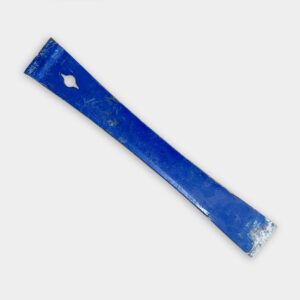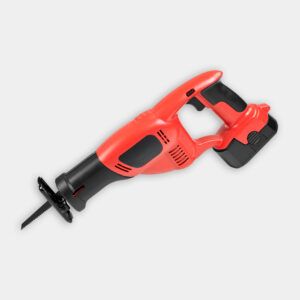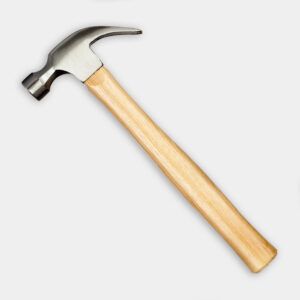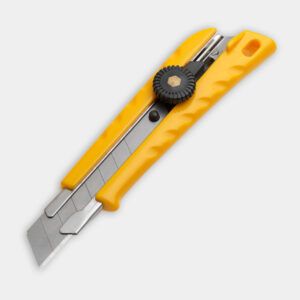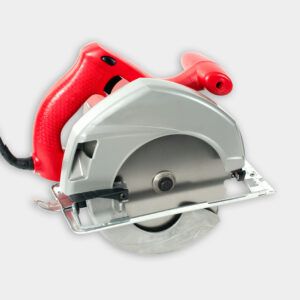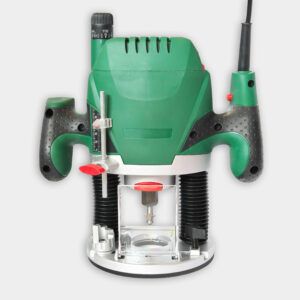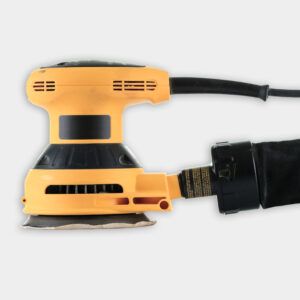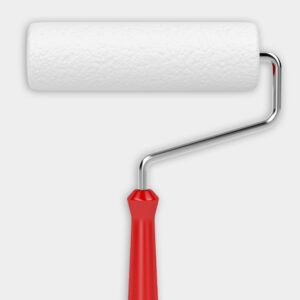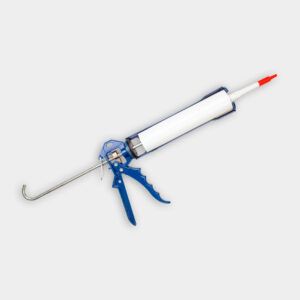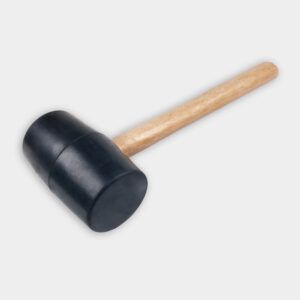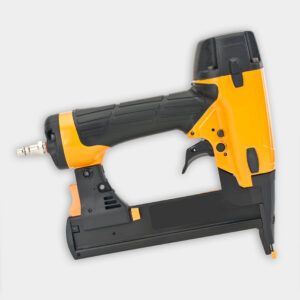Project details
Skill
Cost
Estimated Time
Are your stairs looking outdated? If you even thought about an answer to that question, replacing your oak stair treads and risers may do the trick. While this DIY project requires some carpentry skills, homeowners with a little experience handling the required tools can tackle the job. In the video above, This Old House general contractor, Tom Silva, shows a homeowner how to measure, cut, and install new oak treads and veneer risers before he starts his refinishing project. For a more detailed breakdown, see our guide below.
Understanding Stair Anatomy
Before updating your stairs, you should familiarize yourself with the basic components of a staircase, which include the following:
- Treads: The horizontal surfaces you step on
- Risers: The vertical boards between each tread
- Stringers: The structural supports that run diagonally along the sides, holding up the treads and risers
- Skirt boards: The boards that run along the wall, covering the ends of the treads and risers
Preparing for the Project
Before starting your project, complete the following:
- Remove any existing molding or trim from the stairs.
- Inspect the condition of the stringers and skirt boards.
- Gather all necessary tools and materials.
- Measure and purchase new oak treads and veneer for risers.
- Create a work plan to minimize disruption to household traffic.
Removing Old Treads
The first step in updating your stairs is removing the old treads. Complete the following steps carefully to avoid damaging your stairs:
- Use a pry bar to remove any scotia molding between the tread and riser.
- Gently pry the tread away from the riser to create a gap.
- Use a reciprocating saw with a metal-cutting blade to cut through any nails securing the tread to the stringer.
- Carefully remove the tread, being mindful of potential damage to the skirt board.
Taking time to remove old treads carefully will reduce the need for additional repairs.
Preparing the Risers
Before installing new treads, check the fit of the risers against the skirt board. Use a hammer to adjust any settled risers and fill gaps between the stringer and riser with shims, securing them with wood glue. Trim excess shim material with a utility knife and sand the risers smooth.
Measuring and Cutting New Treads
In our video, Silva demonstrates how to create a template for cutting new treads. Use an old tread that’s cut short as a base for measurements. Here are the steps to take:
- Mark a reference point on the riser above the tread.
- Use a combination square to trace the outline of the skirt board onto the paper template.
- Transfer the template markings to the new tread.
- Cut the tread to size using a circular saw.
Note that treads are not always perfectly square. For a precise fit, cut a rabbet into the back of the tread using a router to match the dado in the riser. This will help the tread sit securely and flush against the risers, creating a professional finish.
Installing New Treads
With the new treads cut to size, it’s time for installation. Here’s how you can install your new treads:
- Apply construction adhesive to the top of the stringer.
- Slide the tread into place, ensuring the rabbet fits into the riser’s dado.
- Use a rubber mallet to adjust the tread’s position if necessary.
- Secure the tread with finish nails using a brad nailer.
The adhesive and nails work together to hold each tread firmly in place.
Tips for a Successful Project
Some things to remember to avoid unnecessary frustration and simple mistakes:
- Safety First: Always wear protective gear such as safety glasses and gloves when using tools.
- Take Your Time: Carefully measure and cut to prevent bad cuts that lead to wasted materials or uneven treads and risers.
- Maintain a Clean Work Area: Keeping your workspace tidy reduces the risk of accidents and makes your project more enjoyable.
Finishing Touches
To complete your staircase update, sand the new treads and veneered risers and apply your chosen stain or clear polyurethane to match the surrounding flooring. Silva suggests applying the finish in the evening to allow for overnight drying.
Resources
Silva suggests matching the stair treads and risers to the floor material on either floor of the house. In this case, the floors were red oak with a clear polyurethane finish on top, so Silva used some standard red oak treads that can be found at any home center.
While the risers could have also been replaced, Silva thought it would be easier and just as effective to apply a veneer over them to give them a cleaner look that matched the new treads. Silva applied a pressure-backed 20 PSA red oak veneer, which is manufactured by Veneer Technologies. He ordered one 4-foot by 8-foot sheet for the whole set of stairs.
For the template, Silva used an extra piece of Ram Board temporary floor protection, though any semi-rigid markable material would work.
To secure the treads in place, Silva used 8d finish nails and construction adhesive, which is manufactured by Gorilla Glue.
All of the tools Silva used to replace the treads and apply the veneer to the risers, including the brad nailer, circular saw, combination square, and reciprocating saw, can be found at home centers.
Expert assistance with this segment was provided by Atlantic Plywood.
